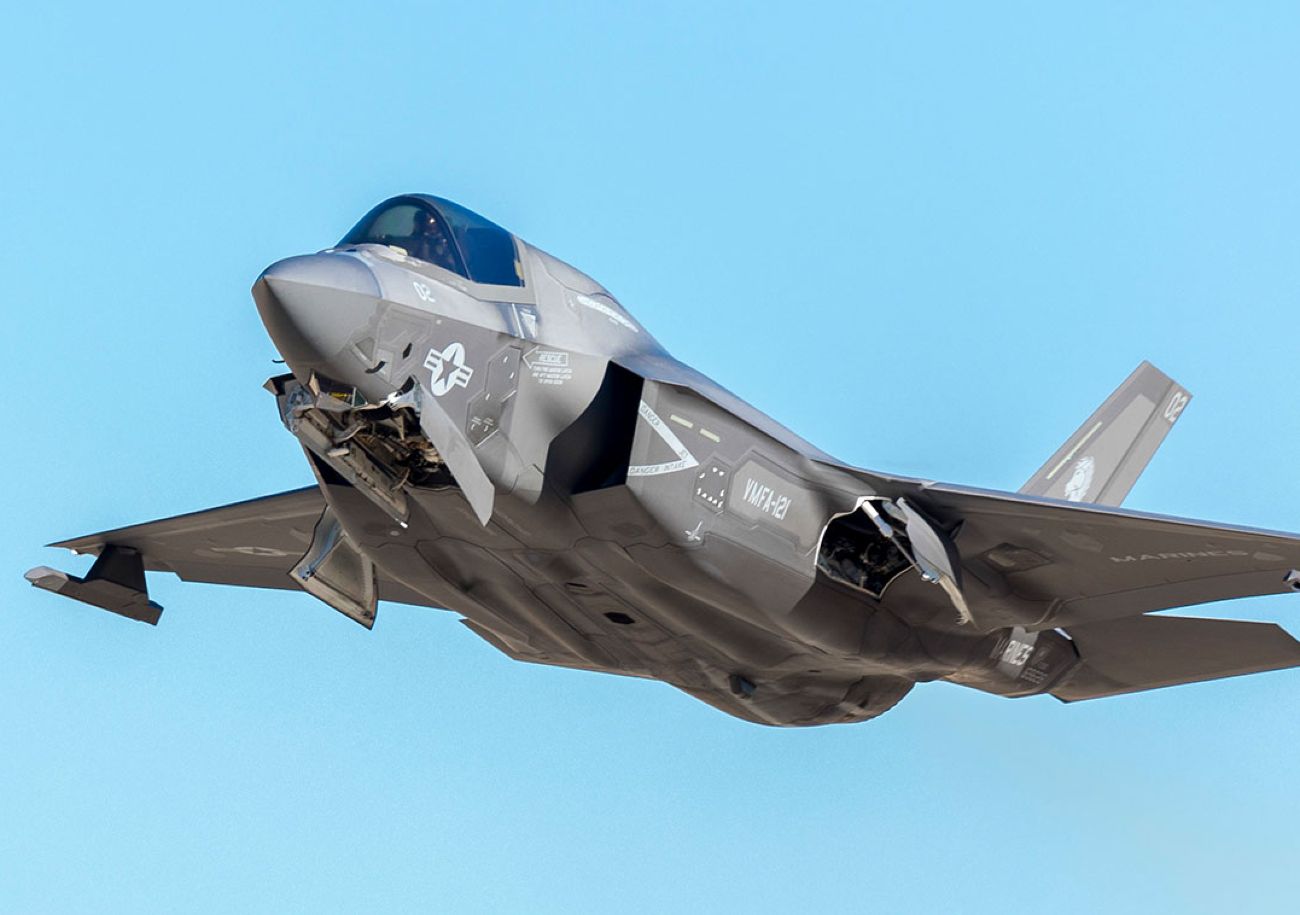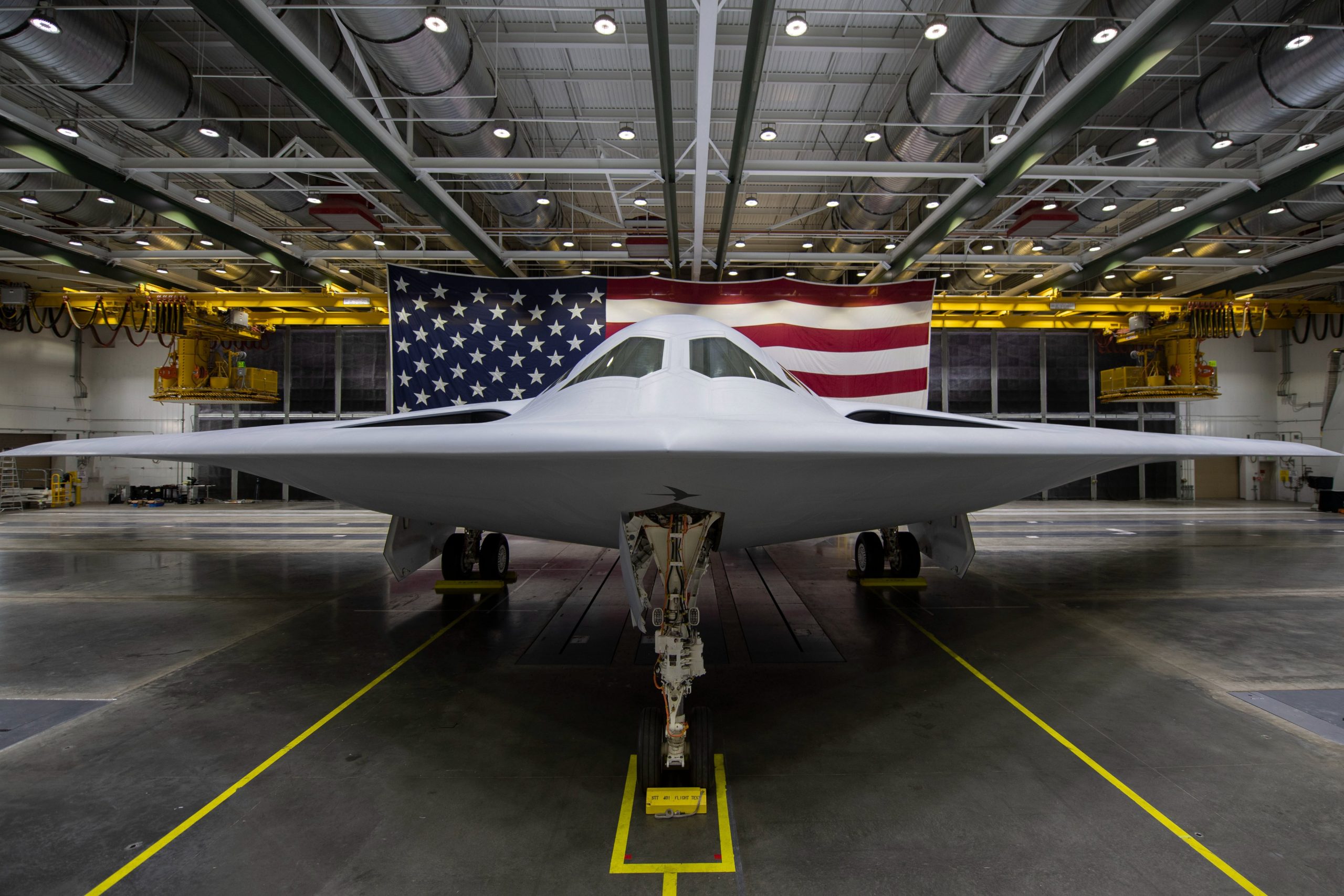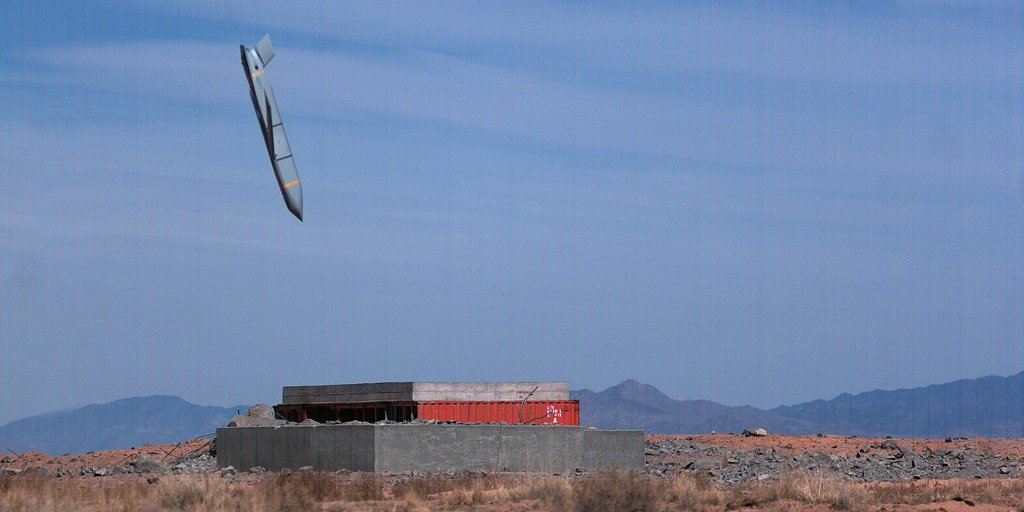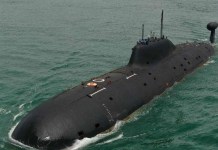Australian defense analysts are urging their government to buy the advanced B-21 stealth bombers from the US to acquire long-range strike capability against China.
Marcus Hellyer and Andrew Nicholls, experts on cost and capabilities in defense acquisitions, wrote through the Australian Strategic Policy Institute (ASPI), a premier Australian think tank, that the country must examine the B-21 bomber as a long-range strike option.
The B-21 Raider is a heavy strategic stealth bomber designed to carry both nuclear and conventional weapons. It was unveiled on December 3 in Palmdale, California, after being under development for seven years.
The aircraft’s range and payload remain unknown, but experts suggest the stealth bomber can travel as far as 9,600 kilometers and carry a weapons payload of 10 tons.
According to the ASPI report cited by Hellyer and Nicholls, the stealth bomber costs nearly $700 million per plane. The report examines various options that could increase the Australian Defense Force’s (ADF’s) strike power by 2032–33.
“As an extremely stealthy bomber that can deliver large amounts of ordnance across our near region, the B-21 is the gold standard in strike capability. It could potentially be delivered by 2032–33. But that capability comes at great cost,” Hellyer and Nicholls wrote.
According to the two defense analysts, the total acquisition cost for a squadron of 12 aircraft is $25–28 billion. However, they wrote that “several factors potentially offset that cost.”
The two experts suggest that the Australian government must weigh the aircraft’s massive cost against the advantages it could provide. For that, it must engage with the US government to gain access to information on the B-21 program so that it can make an informed decision on the bomber’s viability for Australia.
As the EurAsian Times reported earlier, Australia’s fifth-generation F-35 stealth fighter jets have repeatedly been criticized because of their exorbitant prices and shortcomings in their capabilities relevant to Australia’s security needs.

According to the recent ASPI report, as cited by Hellyer and Nicholls, the annual sustainment cost of a fleet of 12 B-21s for Australia could amount to around $500 million per year, which would make it among the ADF’s most expensive current capabilities.
However, the report also asserts that a B-21 Raider can complete missions that the F-35A cannot complete in any circumstances.
A Single B-21 Equivalent To Six F-35A Fighters
The Australian government’s 2020 defense strategic update called for investment in long-range strike capabilities to counter China’s growing threat to its security.
Although China is 7,400 kilometers from Australia, Canberra perceives Beijing as a threat. It remains concerned about China’s growing military capabilities and the prospect of getting dragged into a more significant US-China conflict in the Indo-Pacific region.

Experts note that the presence of US military facilities in Australia, such as the Northwest Cape and Pine Gap, makes Australia a target of long-range strikes from China in a Sino-American conflict over Taiwan.
As earlier reported by EurAsian Times, Australia has already purchased JASSM-ER (Joint Air-to-Surface Standoff Missile – Extended Range) missiles to equip its Super Hornets and F-35A Lightning II jets, allowing the RAAF to engage targets at a range of up to 900 kilometers.

However, the F-35A cannot reach the South China Sea without aerial refueling. Even then, in the middle of a conflict, the availability of aerial tankers is doubtful over contested airspace.
Furthermore, the F-35A’s effective combat radius is only about 1,000 kilometers, but with a tanker aircraft, it could be extended to around 1,500 kilometers.
It means that even if the F-35As are armed with JASSM-ER missiles, the RAAF could only engage targets up to a maximum range of 2,500 kilometers, which is not enough to cover all of China.
China already has long-range strike capability over all of Australia, including long-range bombers and missiles that could take out the F-35As on the ground before they are even put into action.
Therefore, the B-21 Raider could be a game-changer for Australia, as it can reach far out into the Indo-Pacific without needing tanker support.
Also, a B-21 can carry significantly more munitions than an F-35. While the stealth bomber’s exact payload is unknown, the ASPI report assumes the payload could be around 75%–80% of the older B-2 stealth bomber.
Accordingly, the report states that a B-21 could carry around 12 anti-ship strike missiles compared to the F-35A’s two, or it could carry about 50–60 direct attack weapons such as 500-pound JDAMs (Joint Direct Attack Munitions), compared to eight carried by the F-35A.
A single B-21 can probably carry ordnance equivalent to at least six F-35As.
Extremely long-range, advanced stealth technology and massive ordinance enable the B-21 to operate alone, which is advantageous compared to the ‘standard’ strike package, which includes dozens of strike aircraft and several other support assets.
For example, in the case of Australia, which has limited numbers of support assets, a strike package of six F-35As operating at the limits of their refueled range would require several tankers out of only the seven that the Royal Australian Air Force (RAAF) has.
Also, such a strike package would no longer remain stealthy, meaning it would need a couple of EA-18G Growler aircraft to suppress the enemy’s air defense system. These Growlers would also require tankers.
In addition, the strike package would also include the E-7A Wedgetail AWACS platform for airspace battle management, which may require its fighter escorts and refuellers.
Compared to that, a B-21 may not require a tanker at all, and it can carry as much ordnance as six F-35As can; plus, it is a stealthy platform. All this means the entire battle plan can be simplified, executed faster, and with fewer possibilities of disruption.
Also, the ASPI report notes that for the strike package of F-35As to reach its target, it would need to operate from the northern part of Australia, where fuel is limited, and be resupplied from southern Australia via railway or a fleet of trucks.
The B-21 could be positioned deep inside southern Australia, which is more easily supplied with fuel and munitions and far outside the range of various adversary threat systems.
US Could Equip RAAF With The Stealth Bomber
US Air Force (USAF) Secretary Frank Kendall indicated in August that Washington could consider providing Australia with B-21 Raider long-range bombers if Canberra requested them.
Kendall was visiting Australia at the time and was hosted by the chief of the Royal Australian Air Force (RAAF), Air Marshal Robert Chipman when reporters asked him whether the US would consider allowing Australia to join its development of the B-21 to provide the RAAF with a long-range strike capability.
“I think the United States, in general, would be willing to talk to Australia about anything that there was an interest in from the Australian perspective that we could help them with,” he told reporters.
“If Australia required a long-range strike, and I think I’d turn it over to the chief of air staff to talk about that, then we’d be willing to have a conversation with them about that,” Kendall said.
Chipman added that more clarity on Australia’s long-range strike capability would emerge with the government’s defense strategic review progress.
“But I would say, if we invest in a long-range strike, it’s got to be balanced. We’d also need to be able to protect and sustain those platforms while they’re on the ground in Australia. So, while we might work with the US on B-21, that’s a small part of an overall strike capability that we would need in Australia,” said Chipman.
If the US decides to include Australia in its B-21 bomber program, it would be the next major milestone in the defense cooperation between the two countries after the trilateral AUKUS agreement last year, as part of which the US and UK are helping Australia acquire nuclear-powered submarines.
- Contact the author at tanmaykadam700@gmail.com
- Follow EurAsian Times on Google News




